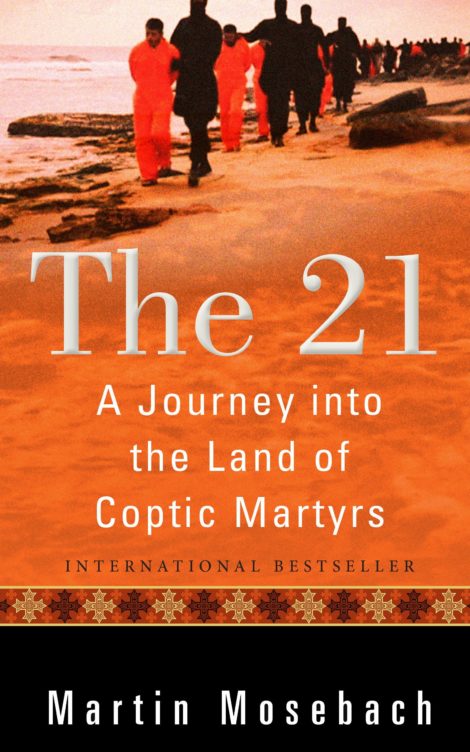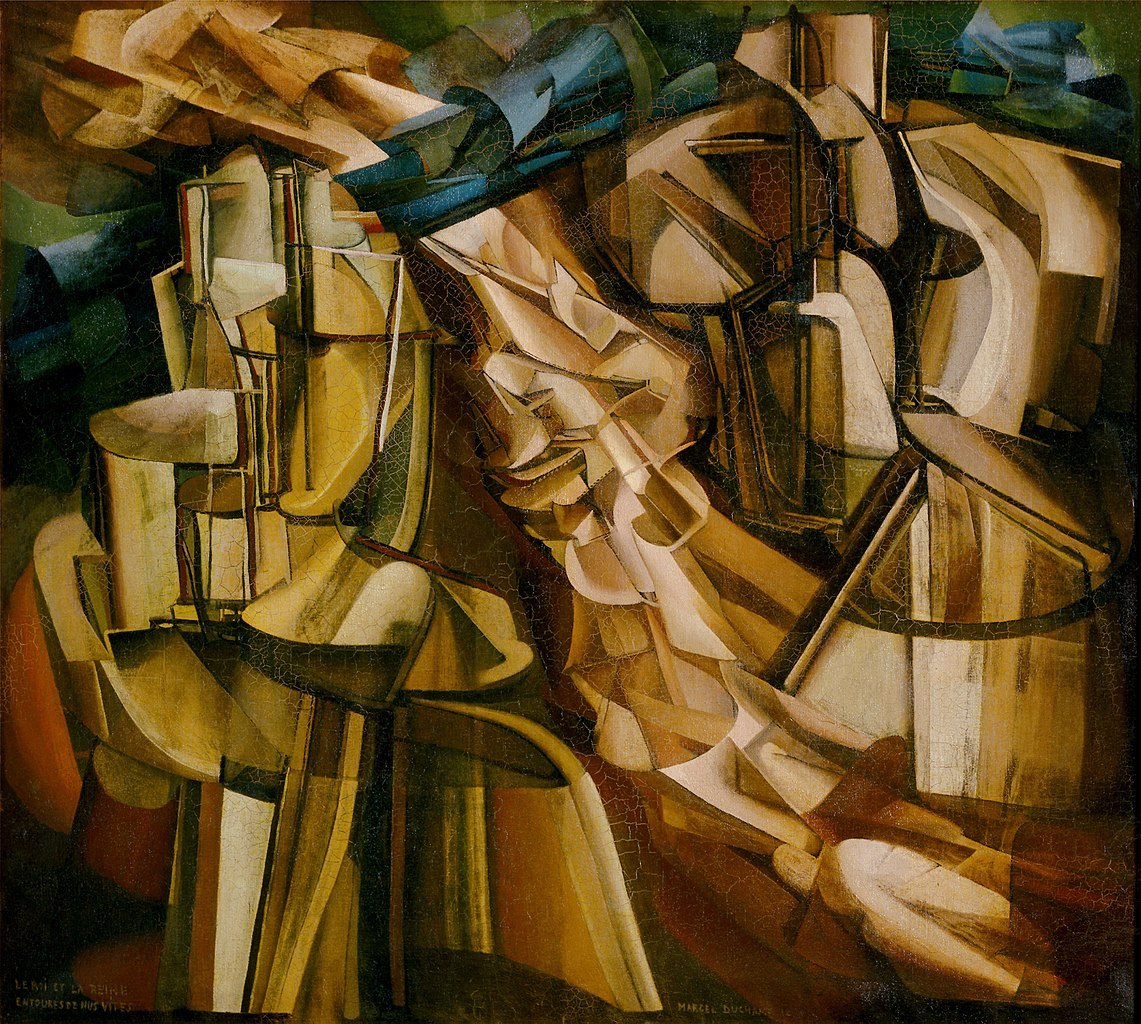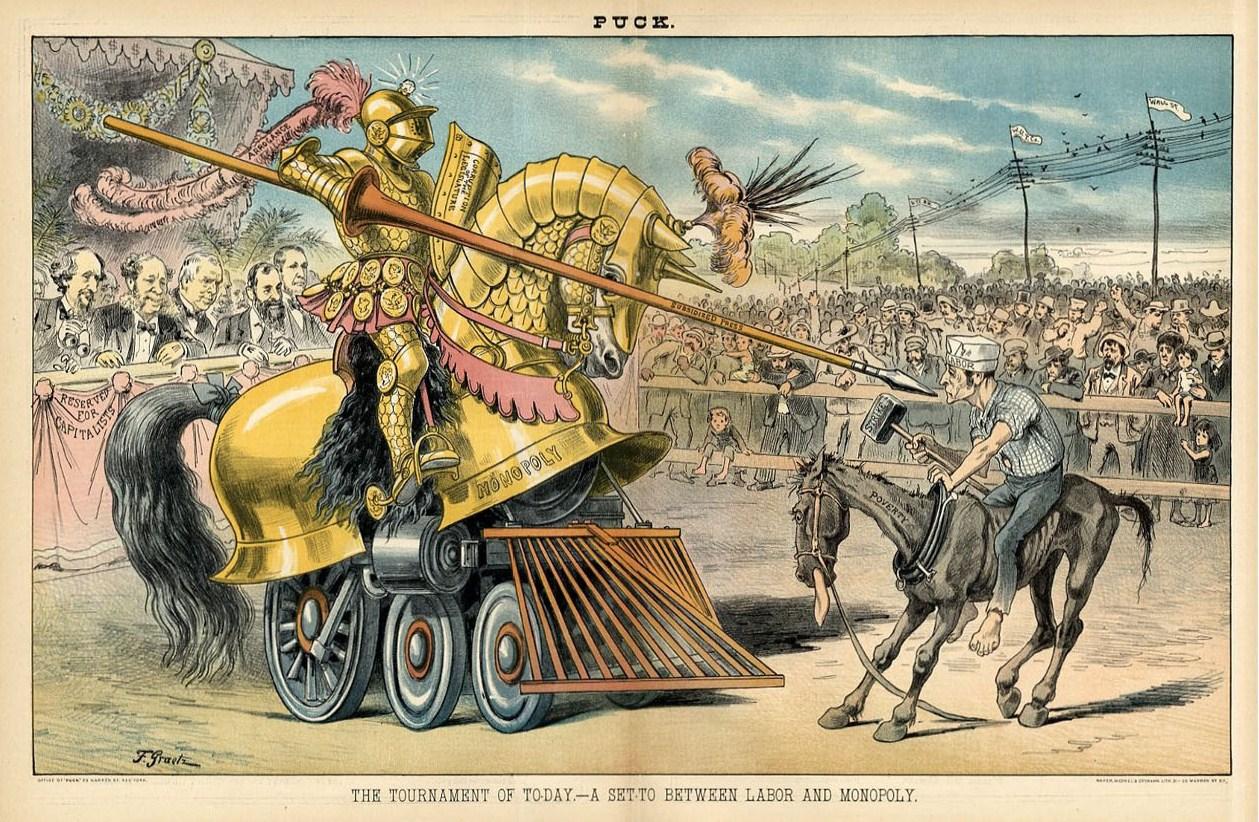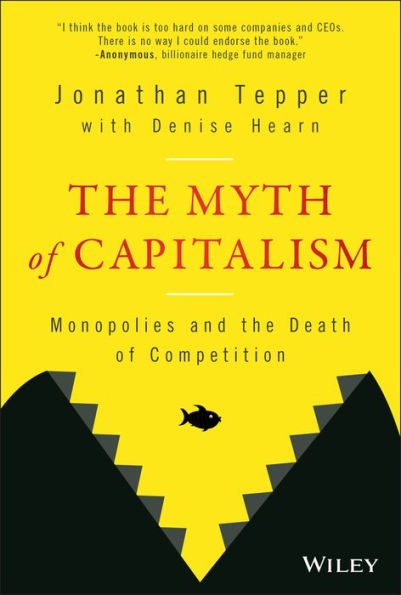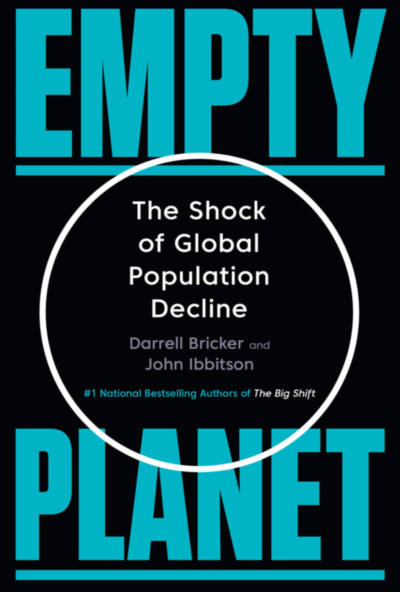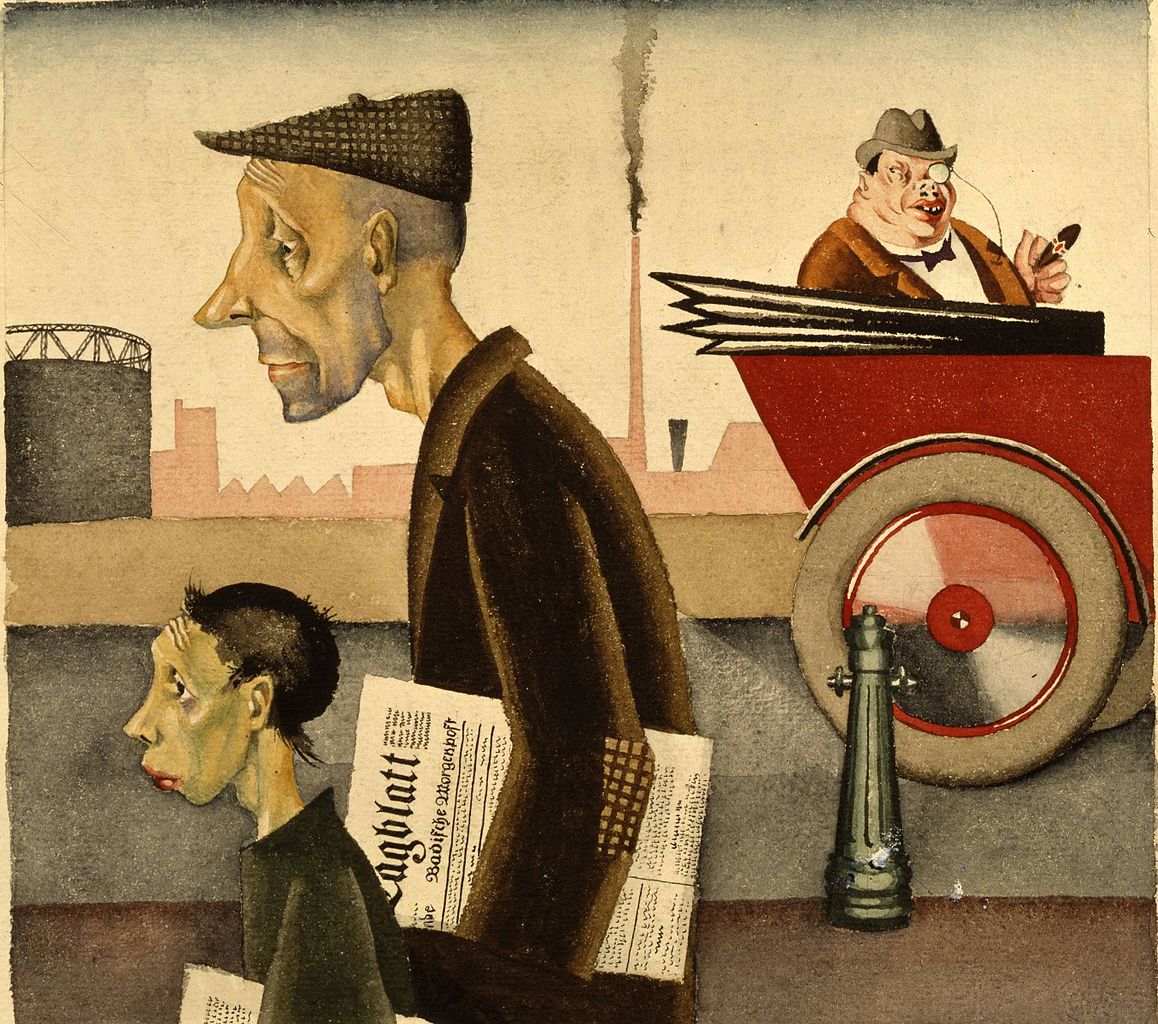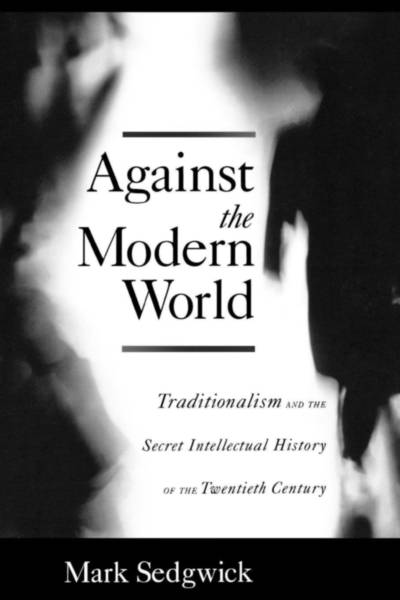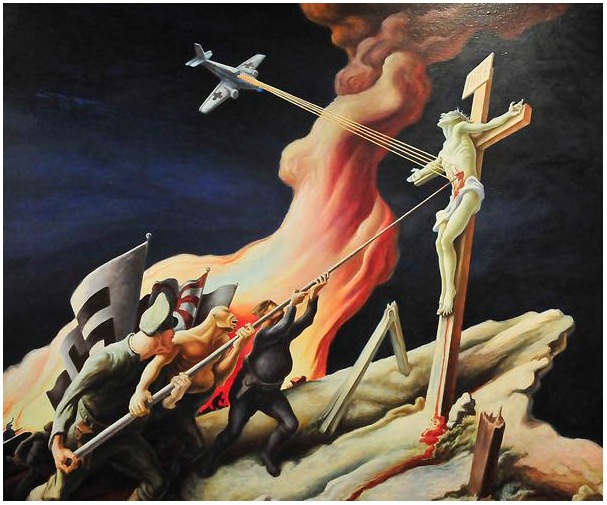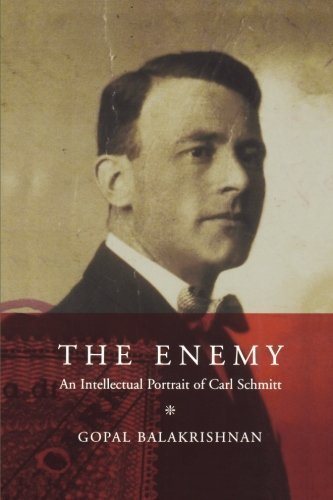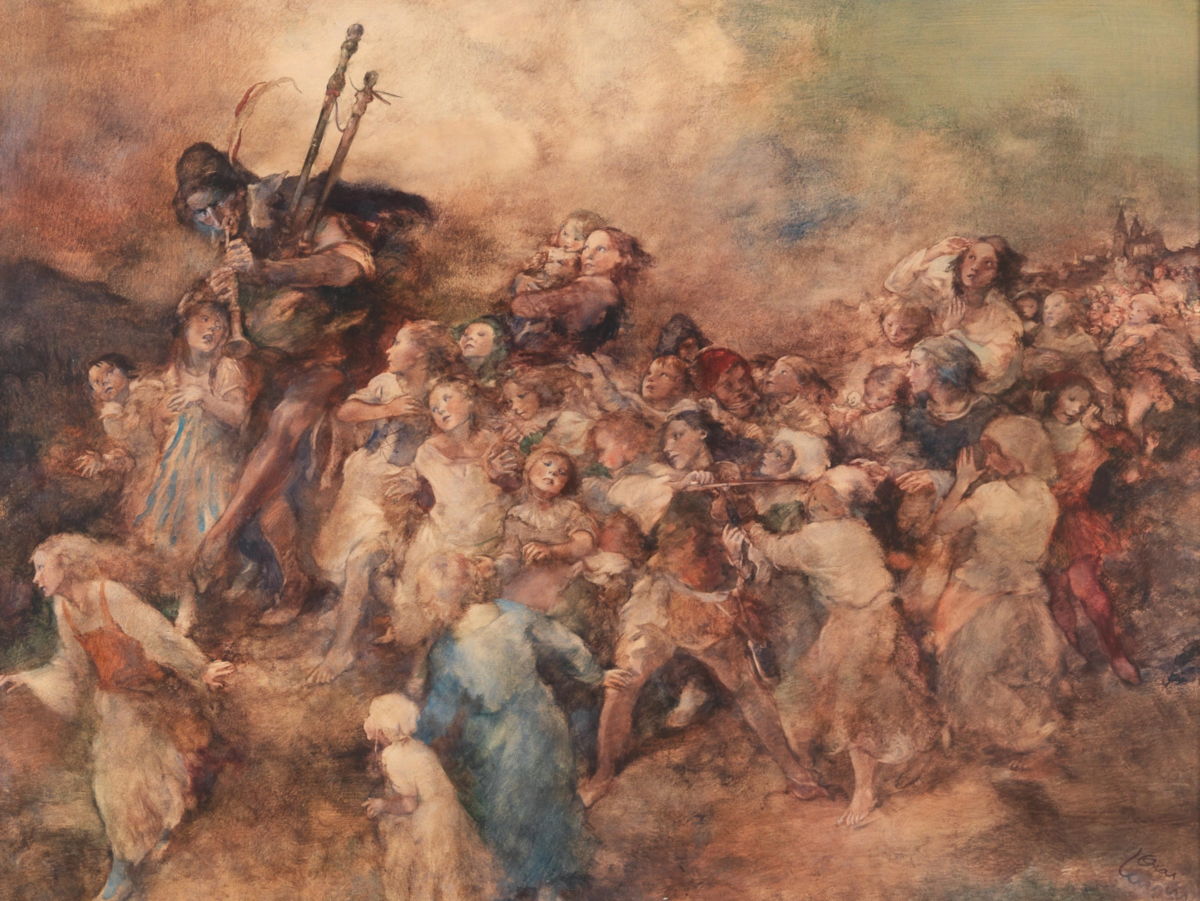I have always found structural engineering fascinating, though I’m a consumer of the results, not a producer like Roma Agrawal. No doubt the life of a structural engineer is number crunching, not glamour. But the result is something useful to mankind, and even sometimes beautiful, so it must be satisfying for an engineer to see what he creates. Both facets of the engineering life come through in Agrawal’s book, Built, an upbeat look at engineering through the lens of her career, though the book is marred by some ideologically driven fictions.
Agrawal is based in London, but grew up in India, and spent a few years in her childhood in New York. This has given her a breadth of vision that informs her book. Her claim to fame, if she makes one, is that she worked as part of the team that did the engineering for the Shard, a London landmark completed in 2012, which is still the tallest building in the United Kingdom. Built weaves together engineering principles well explained to the layman, Agrawal’s personal experiences, and examples of implementation of engineering, all to create an interesting, readable package. You may like it more if your interests run to How It’s Made rather than Jane Austen, but you’d have to be pretty dull yourself to find it totally uninteresting.
We cover ancient times and modern times. We cover construction and collapse. We cover solutions for earthquake zones and for tall buildings in wind. We cover bricks and concrete, steel and glass. We cover force and torsion, underground and aboveground, bridges and tunnels.
The book offers a judicious combination of history and science, and comparing and contrasting along both axes. Scattered throughout are many very well-done drawings (apparently done by the author), along with some black-and-white photographs, which are unfortunately mostly terrible, since you can’t see the details that are being highlighted.
The piece I found most interesting was on the stabilization of the Cathedral of the Assumption in Mexico City, built by the conquistadors on the site of a leveled Aztec human sacrifice pyramid, using stones from the destroyed temple of the Aztec god of war Huitzilopochtli (that’s awesome). Mexico City’s soil is a soup, since much of it was formed by dumping dirt into the lake on which the Aztec capital, Tenochtitlan, was built.
The Spanish were perfectly well aware of the engineering challenges, and cleverly built a raft foundation, with an overlaying raised foundation floor designed to sink. But it sank unevenly, so four hundred years later, one corner was eight feet higher than the other. Basically, this was like fixing the Leaning Tower of Pisa, on a far grander scale.
The solution was digging large cylindrical access shafts down through the foundation, thirty-two of them, and then digging at right angles 1,500 holes, removing the dirt in a pattern calculated to gradually lower the high points. The work was finished in 1998, but the system remains in place, covered up, so it can be reactivated if future problems (carefully monitored by lasers) show up.
To her credit, Agrawal does not spend any relevant time in the text trying to make political points about women in engineering. That’s not how the book is sold, however—the blurb in the book is full of cant about “underrepresented groups such as women” and Agrawal’s supposed “tireless efforts” on their behalf.
There are very good, indisputable, and insurmountable reasons both why there are few women in science and engineering, and why the top accomplishments in those fields are almost always those of men.
But aside from that, two sections of this book shows how falsehoods become embedded in the public consciousness, because they are useful lies to advance an ideological agenda, in this case a tale of supposed oppression of women (and implicit denial of the real reasons why there are few women in science and engineering).
This type of ideologically-driven falsehood spreads like an oil slick because nobody dares to contradict such untruths, knowing if they speak truth they will be attacked without mercy as sexist, racist, and so forth. As a result, more and more lies become embedded in the public mind as truth.
The most egregious example in recent years is the fantasy that Ada Lovelace was the first computer programmer, which you hear everywhere, even though it’s equivalent in truth to saying she was the first Egyptian pharaoh. But there are many, many, others, being piled up to the sky.
In Built, we can observe the creation of such a new myth from whole cloth, and the extension of another. Marc Brunel and his son, the famous Isambard Kingdom Brunel, built the Thames Tunnel in the early nineteenth century, a fantastic engineering marvel using many techniques created by the father-son team. Agrawal describes their accomplishments in great detail.
But then we are treated to this parenthetical: “Sophia, [Marc] Brunel’s elder daughter, was nicknamed ‘Brunel in petticoats’ by the industrialist Lord Armstrong because Marc Brunel, unconventionally, taught his daughter about engineering. When they were children, Sophia showed more aptitude than her brother [Isambard] in all things mathematical and technical—and in engineering—but it was her misfortune to be born at a time when women had no such career possibilities. She is the great engineer we never had.”
Now, this sounded interesting, but also forced and reaching. No source was offered, so I went looking. Sophia appears to be totally obscure; she doesn’t even have a Wikipedia squib about her, much less a biography. (Her mother, also Sophia, gets considerably more mention).
No mention other than one noting her existence is made in the Wikipedia article about Marc Brunel, or the one of Isambard Brunel, and you can be certain that if it were commonly held that Sophia was a proto-feminist genius/martyr she would have a large section devoted to her in both articles, as well as her own article.
However, I did manage to find the phrase attributed to Lord Armstrong, “Brunel in petticoats.” It comes from a 1937 biography of the father and son, by Celia Noble, and is quoted in Angus Buchanan’s 2003 biography of Isambard, where the context is clear. Namely, that Sophia “understood her father’s and brother’s plans.” No mention is made of her aptitude, much less her superior aptitude, or her supposed education, in either book, and Buchanan is somewhat mystified about the claim, since Armstrong only knew Sophia when she was in middle age. Buchanan makes no other mention of Sophia in his lengthy book.
The logical next question is whether some other source fills in the gap. The only relevant mention online of the phrase “Brunel in petticoats,” out of a total of ten results in Google (including two to this book), is a pamphlet from the Brunel Museum, which looks like an intern wrote it, and which attributes the quote, without sourcing, to Lord North. Nothing is said about aptitude or training. I could find no other mention of any such thing, or any mention of the younger Sophia Brunel at all, anywhere, other than of her existence in the context of her father and brother. I ordered two books on the Brunel family, along with what could be found on Google Books, and found nothing inside any them.
What appears to have happened is that Agrawal heard an urban legend circulated among female engineers, told to each other to further the myth of persecuted talent, probably based on the Armstrong quote taken out of context, and on her own initiative embellished it with falsehoods that sounded good.
But I can assure you, that in ten years we will frequently, in the engineering context, hear as fact that Marc Brunel and Isambard Brunel were decent engineers, if toxically masculine, but the real hero was their oppressed daughter and sister, who would have been certain to spin straw into gold, if the patriarchy had not put its boot on her.
Probably new falsehoods will be added: I predict one will be that much of Isambard’s work was actually done by Sophia. Any academic or engineer who points out none of this is true will find his career immediately over. Thus, as in Communist societies, are lies woven into the fabric of reality.
Once might be an accident, but twice is a pattern. We can prove definitively that Agrawal modifies the truth by examining her discussion of the Brooklyn Bridge. She discusses the Bridge, built by Washington Roebling, at length. The giant supporting towers were built using caissons, excavated reinforced holes, held under high air pressure.
As a result, the men doing the work, including Roebling, got “caisson disease”—i.e., the bends. Since her husband was debilitated, Emily took over as the frontman, dealing with the press, politicians, and the investors, shielding her husband from having to have direct contact, and acting as his intermediary and, to a degree, project manager. Such a central role is not uncommon for strong women married to strong men, even when they are not debilitated; it is true that behind every great man is usually a great woman.
But Agrawal strongly implies, and clearly believes, that Emily replaced Washington entirely. “With unwavering focus, she started to study complex mathematics and material engineering, learning about steel strength, cable analysis and construction; calculating catenary curves, and gaining a thorough grasp of the technical aspects of the project.” She concludes that everyone knew that Emily was really doing the engineering, from such evidence as occasional addressing of letters to her instead of her husband.
We are meant to conclude this is another example of a woman whose true contributions have been ignored; the bridge did not demonstrate the power of man, as contemporaneous speeches said, but “the power of woman.” She “excelled and triumphed” “even [though] she was not a qualified engineer.” In some, accurate sources (not specified) “she is highlighted as the true force behind the project. In other sources, there is absolutely no mention of her at all.”
Most of what Agrawal says about Emily Roebling is obviously cribbed from David McCullough, in his comprehensive 2012 edition of The Great Bridge (the only book on the topic listed in the bibliography, and all the other facts Agrawal adduces are taken directly from there). But McCullough directly contradicts Agrawal. It is evident, reading the source, that Agrawal deliberately distorted the truth.
What McCullough actually says is that while Emily Roebling necessarily acquired “a thorough grasp of the engineering involved,” as she needed in order to speak competently to her various audiences she expertly juggled, “She did not, however, secretly take over as engineer of the bridge, as some accounts suggest and as was the gossip at the time.”
“Some accounts,” of course, mean modern ideological distortions like Agrawal, which embellishes the truth nearly beyond recognition. Still, again, I am sure that any mention you hear of this topic in the future, or any future history of the bridge itself, will embed a fictional treatment of Emily Roebling, even more embellished, and thus will another folktale turn into historical fact.
Why should we care? Aren’t these tales just nice, feel-good stories that make everyone happy? Don’t I need to prove I’m not a misogynist? (No, I don’t.) We should care because it is a corruption of reality, and there is far too much corruption of reality in the modern world. Sex differences, their immutability and their very existence, are regularly denied as equivalent to believing in the Little People, only with supposedly worse consequences.
A toxic blend of demands for emancipation from fictitious oppression, past and present, with the modern Left vision of all human relations as power relations, means that we are force fed lies, day and night.
The goal is not just the destruction of reality, but the inversion of the masculine and feminine, with women adopting masculine traits, and men becoming unnecessary, often buffoons, such that the feminine traits are lost entirely. (This pattern of propaganda is ubiquitous in modern movies, as Jonathan Pageau has shown, from the recent Star Wars movies to Incredibles 2).
Destroying those who would destroy human flourishing, that is, those pushing these ideological lies (of which those about sex differences are only one manifestation) begins with declaring that Reality Is, and shattering our enemies is made possible by forging an axe from that Reality. Like Truth, Reality will always out, but let’s help it along. Live not by lies, as Aleksandr Solzhenitsyn said.
Aside from false history, we are treated by Agrawal to occasional carping about how women are treated differently in her profession. Here more unreality crops up. “I’ve heard stories from other women in the industry about how they’ve been (illegally) asked in job interviews when they plan to get married and have children.” Illegally, perhaps, but totally rationally. The reality is that women, far more than men, choose to leave their careers, or not achieve maximum competence in them, in order to have children.
They always have, and they always will. That’s a good thing, as it happens, and wholly natural given the biological differences between men and women. A society that deludes itself into thinking that men and women should both share equally in providing and caregiving is a society going nowhere but down. (Along these same lines, I increasingly think that some men, such as those with families, should be formally privileged over women by employers and society in certain jobs).
That doesn’t mean women shouldn’t work in some circumstances, but the baseline assumption should be that men should be, whenever possible, the main providers for a family, both because it is economically rational for companies, and, far more importantly, probably critical to a decent society. But that is a longer discussion.)
For example, in my former profession, law, you often hear whining that while a majority of new associate hires are women, relatively few big firm partners are, and this is necessarily attributed to some kind of discrimination, though what that is nobody can seem to determine, or bothers to guess. In fact, it is men who are massively discriminated against at law firms. Law firms are slaveringly desperate to keep female lawyers, both because of their own ideology and because of (illegal) demands placed on them by woke corporate clients.
No law firm would ever criticize, much less discipline, or (horrors!) fire, a woman for failings that would instantly get a male associate instantly bounced. For the same reason, law firms offer many months of paid leave to pregnant associates, hoping they will return when they have a child, sweetening the pot by promising reduced work loads and no movement off the partner track (that is, illegally discriminating against those who produce more, mostly men, by shifting the competition in favor of women). In the majority, perhaps the great majority, of cases, the woman takes the money, has the child, and says sayonara.
The exceptions are women who need the money, and a handful of women who really like the job (which is rare—almost nobody, male or female, really likes the job, so certainly the woman’s choice to leave is wholly rational). But that professional firms should ignore these truths is asking them to stick their head in the sand—again, with the denials of reality. We should not permit it.
Oh, none of this means you shouldn’t read this book. But forewarned is forearmed; don’t let the lies sink into your brain.
Charles is a business owner and operator, in manufacturing, and a recovering big firm M&A lawyer. He runs the blog, The Worthy House.
The photo shows, “La Danse” by Jean Dupas, a drawing from the 1920s.





